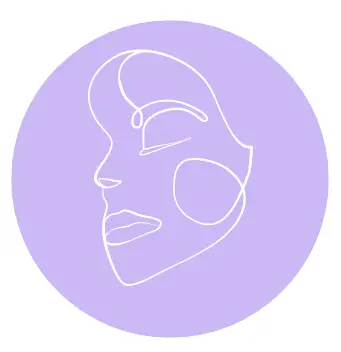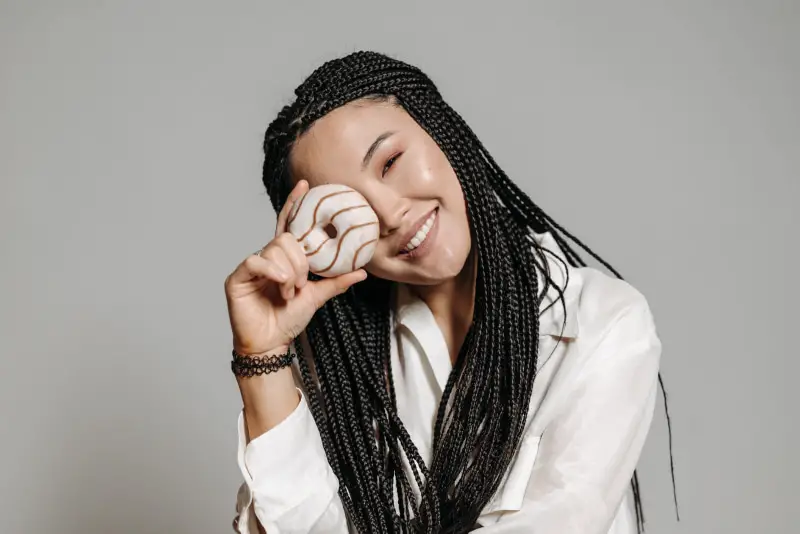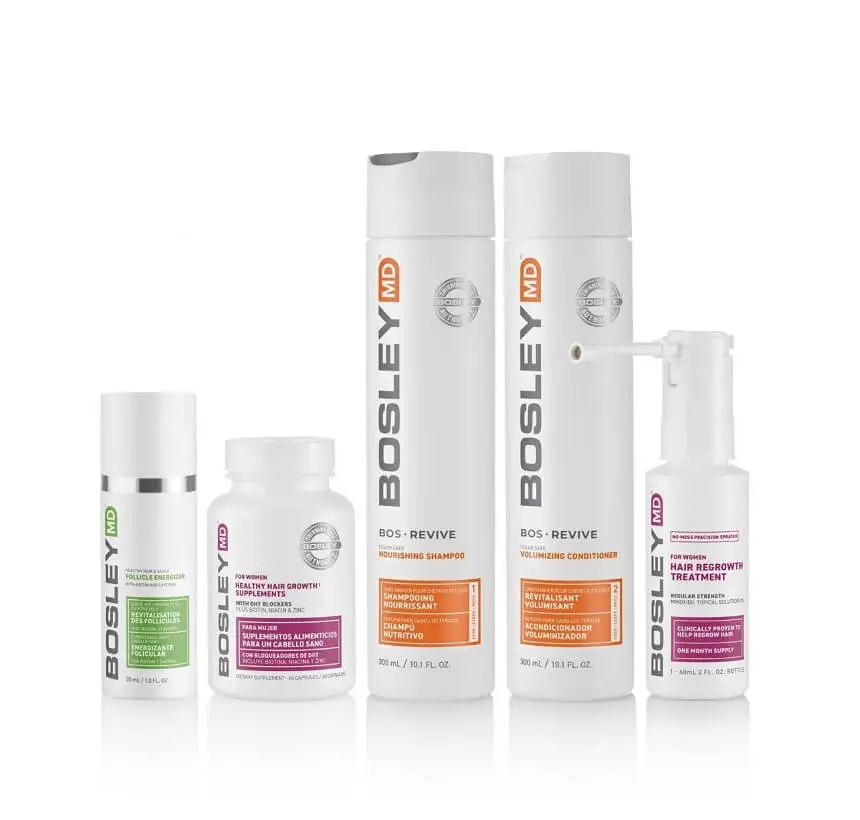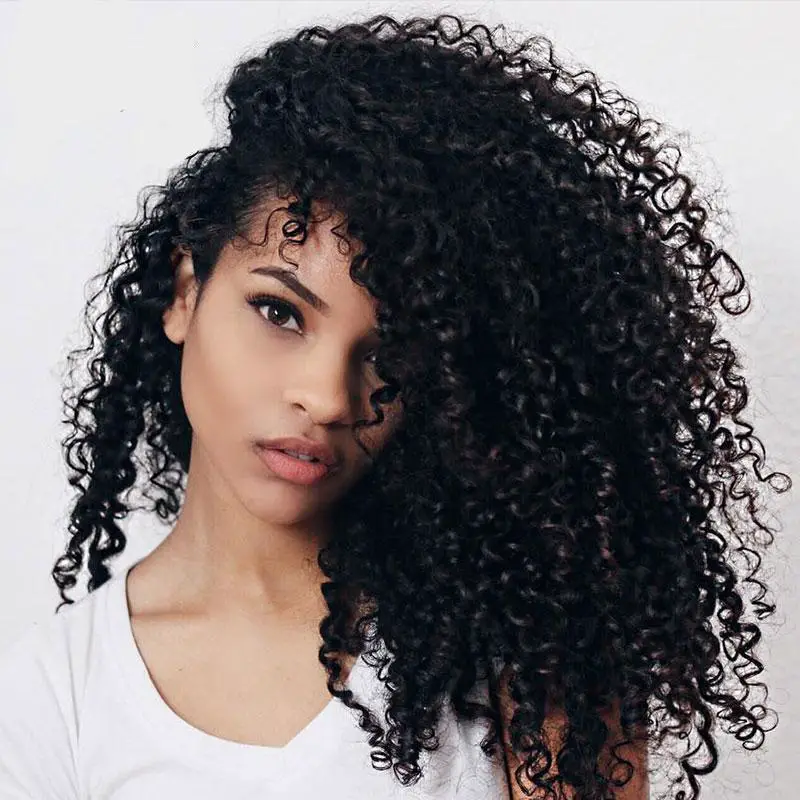Do you ever feel like your hair is out of control? Frizzy, dry, and unmanageable? You’re not alone! For centuries now, women have been searching for all kinds of beauty remedies to get their hair looking and feeling its best. One less-known but an incredibly beneficial ingredient to help you achieve healthy gorgeous locks could be right at your fingertips: tea tree oil! In this blog post, you will learn it can help repair even the most damaged hair.
Indigenous Australians have used oil produced from Australian tea leaf tissue, for millennia to treat various illnesses. Tea tree oil is popular due to its therapeutic benefits. It has recently grown in popularity due to its advantages for hair care. We will examine the different ways that magic solution might benefit your hair in this post.
Uses and Benefits of Tea Tree Oil in the Hair
Here are some of the health benefits and uses of oil in the hair:
1. Dandruff and Scalp Contagion
The antimicrobial properties are one of its main advantages for hair. By battling the bacteria and fungi that cause these problems can help to lessen dandruff and scalp infections. The antibacterial qualities of the oil can also aid in stopping the development of harmful microbes, keeping your scalp clean and healthy.
2. Irritated Scalp
Additionally, this oil has inflammatory-reducing properties. that might aid in calming an itchy scalp. Tea tree oil is useful to relieve itching, dryness, and flakiness on the scalp by reducing inflammation. Additionally, it can aid in easing the redness and irritation brought on by psoriasis and eczema.
3. Hair Growth
Tea tree oil increases blood flow to the scalp. It can also aid in stimulating hair regrowth. The oil can hydrate hair follicles and encourage the development of hair by boosting blood flow. It can also aid in strengthening hair, reducing its susceptibility to breakage and damage.
Related articles
4. Lice therapy
Another therapeutic effect is … for head lice preventing or banishing. It can replace chemical-based lice treatments, which sometimes have harmful side effects. The oil’s insecticidal qualities can aid in killing lice, and its capacity to calm the scalp can ease the itching and discomfort brought on by lice.
5. Conditioning for hair
Tea tree oil also works well as a conditioner for hair. It can aid in hydrating and nourishing the hair when combined use a carrier oil, such as coconut oil making it appear and feel healthier. Additionally, the oil might aid in detangling the hair, making it simpler to comb and style.
6. Styling
The last tree oil usage is as a styling tool. It can aid in offering grip without making the hair crunchy or stiff when applied to hair gels or mousses. It can also aid in minimizing frizz and flyaways, leaving your hair looking lustrous and smooth.
So how is tea tree oil collected?
Through a procedure known as steam distillation, the best oil is extracted in such a way: Australian tea tree leaves are processed to extract oil (Melaleuca alternifolia)This is a typical technique for extracting essential oils.
The first step in the procedure is to gather the leaves of the tea tree, which are then washed and chopped into little pieces. After that, the leaves are put in a distillation chamber to be exposed to steam. The oil in the leaves vaporizes from the steam, and the vapor is later condensed into a liquid. The purified oil is the liquid that remains after the oil and water have been separated.
Around 1-2% of the oil produced by the process is yielded. This implies that many raw materials are required to make a little oil. The extracted oil typically has a clear or light yellow color and a potent, medicinal odor.
Some businesses press the leaves mechanically to obtain the oil using the cold-pressed process. However, this approach is less usual.
Make sure the tea oil you buy has been produced by steam distillation and is genuine, refined, and pure. Products with artificial or tampered-with oils should be avoided as they may damage your health.
When Was the Healing Feature of Tea Tree Oil was Discovered
Indigenous Australians have been using oil for millennia as a medicine and were the first to learn about its therapeutic benefits. The oil has historically been used to treat various illnesses, such as fungal infections, lung infections, and skin disorders.
When a chemist named Dr. A.R. Penfold started investigating the oil and its future applications in the 1920s, the Western world first learned about the tea tree oil benefits. It was discovered to have potent antibacterial and antimicrobial qualities by Dr. Penfold, who then started to market the oil as a natural remedy for a variety of skin illnesses and disorders.
The oil first gained popularity as a natural cure in the 1920s, and ever since then, it has been studied and utilized by people worldwide. According to later research papers, tea tree oil aids to treat many diseases, including acne, dandruff, and fungal infections.
It’s important to note that oil was used medicinally long before Dr. Penfold discovered it. Indigenous Australians have been utilizing the oil for millennia, and other societies and civilizations may have done the same.
How to Use Tea Tree Oil Correctly to Achieve the Desired Effect on your Hair
Although using tea extract for hair care is rather easy, it is crucial to use it properly to get the desired results. Here are some detailed instructions on how to use tea tree oil on your hair:
Step #1 Dilute the Oil
You should dilute tree oil prior to placing it on your hair due to its high potency. A carrier oil, such as olive, coconut, or jojoba oil, should be combined with a few drops of tea tree oil. One drop of oil to one tablespoon of carrier oil is an appropriate ratio.
Step #2 Apply to the Scalp
Gently work the diluted oil mixture into your scalp with your fingers. Make careful to cover the hairline, the nape of the neck, and the entire scalp.
Step #3 Let it Stay for at Least 30 Minutes
Leave the oil mixture on your hair and scalp for up to two hours. This will allow the oil sufficient time to reach the hair and scalp.
Step #4 Wash Your Hair
Wash your hair as usual with shampoo and conditioner after the waiting period.
For optimal results, repeat this procedure once or twice per week.
The Do’s
- For additional advantages, tea tree essence can also be used in small amounts in your shampoo or conditioner. For better results, apply it as a leave-in treatment overnight.
The Don’ts
- Tea tree oil shouldn’t be used undiluted on your hair since it could irritate or cause allergic reactions.
- Use it no more than twice per week. Excessive use can result in dryness.
- Avoid using other hair products containing tea oil at the same time to prevent an allergic reaction.
It’s critical to remember that individual results may differ. However, after a week or two of consistent use, you can notice a decrease in dandruff and scalp itching. Although it can take longer to see effects in terms of hair development, if you use the product regularly, you might eventually notice an improvement in the thickness and general health of your hair. Always seek the advice of a dermatologist before beginning a new hair care regimen, especially if you have any health issues already.
Studies About Tea Tree Oil
- “A randomized, double-blind, placebo-controlled trial of 5% tea tree oil shampoo versus 5% selenium sulfide shampoo in the treatment of dandruff” published in the Journal of the American Academy of Dermatology in 2002, found that tea tree oil was just as effective as selenium sulfide in treating dandruff. (https://pubmed.ncbi.nlm.nih.gov/12451368/)
- “Effect of tea tree oil on dandruff, seborrhoeic dermatitis and psoriasis” published in the Journal of Dermatological Treatment in May 2018, found that tea tree oil was effective in reducing the symptoms of dandruff, seborrhoeic dermatitis, and psoriasis. (https://www.tandfonline.com/doi/abs/10.1080/09546634.2018.1473554)
- “The effectiveness of tea tree oil in the treatment of tinea pedis” published in the Journal of the American Podiatric Medical Association in 1998, found that tea tree oil was effective in treating tinea pedis, a fungal infection of the feet. (https://japmaonline.org/view/journals/apms/88/10/87507315-88-10-489.xml)
- “The in vitro and in vivo antimicrobial activity of tea tree oil” published in the Journal of Antimicrobial Chemotherapy in August 2002, found that tea tree oil had strong antimicrobial activity against a wide range of bacteria, fungi, and viruses. (https://academic.oup.com/jac/article/50/2/195/808053)
Tea Tree Oil Contraindications
Tea tree essence is considered to be generally safe when applied correctly and in moderation. However, there are some contraindications to be aware of when using tea tree oil, just like any other essential oil.
Allergic Reactions
This oil may cause skin rashes or other allergic responses in some people, who may also have other symptoms when taking it. Before using tree oil, it is advised to perform a patch test if you have sensitive skin.
Pregnancy and Breastfeeding
Tea tree oil shouldn’t be used by women who are pregnant or breastfeeding since it can harm the unborn child or infant who is being breastfed.
Medications
It is essential to speak with your doctor before using essence if you are already on any medications, especially those that thin the blood.
Eye and Ear Contact
Applying tea extract is not advised on or near the eyes or ears since it may irritate or harm them.
Overuse
It’s crucial to use tea tree oil in moderation and on a regular basis because excessive use might result in dryness, irritation, and inflammation of the scalp.
Children
Children younger than six years old shouldn’t use it unless a pediatrician advises them to.
It’s crucial to choose a high-quality, pure product and to strictly adhere to the usage directions while using tea tree oil. Before using the essence on your hair and scalp, bear in mind that it should only be used sparingly, with a carrier oil, and after performing a patch test. If you have any adverse effects, stop using it immediately and, if required, see a doctor.
What Other Oils May Be Recommended for Hair?
The benefits of various oils for hair maintenance are numerous. Here are some often employed oils and their results. Find out which oil is best for hair.
1. Coconut Oil
Coconut oil is a fantastic hair conditioner full of vitamins and fatty acids. The hair may receive nourishment and moisture as a result, appearing and feeling healthier. Additionally, by strengthening the hair and lowering breakage, it can aid in minimizing protein loss.
2. Argan Oil
Argan oil is excellent for hair care since it contains a lot of antioxidants, vitamins, and minerals. The hair and scalp may benefit from the nourishing effects, looking and feeling healthier. Argan oil can also help manageable hair by taming frizz and flyaways.
3. Jojoba Oil
Jojoba oil is a superior hair moisturizer because it resembles the sebum naturally produced by the scalp. It can assist in hydrating the hair, giving it a healthier appearance and feel. It also works well to tame frizz and flyaways.
4. Olive Oil
Olive oil is a fantastic conditioner for hair because it contains fatty acids and antioxidants. The hair may receive nourishment and moisture as a result, appearing and feeling healthier. Additionally, it works well to tame frizz and flyaways.
5. Castor Oil
Castor oil is a fantastic hair conditioner since it is high in fatty acids. The hair may receive nourishment and moisture as a result, appearing and feeling healthier. By increasing blood flow to the scalp, it’s beneficial for accelerating hair growth as well.
6. Sweet Almond Oil
Sweet almond oil is a thin, quickly absorbed oil high in fatty acids and vitamin E. The hair may receive nourishment and moisture as a result, appearing and feeling healthier. It may also be utilized as an essential oil carrier.
7. Avocado Oil
Avocado oil is a great hair treatment because it contains vitamins, minerals, and healthy fats. The hair may receive nourishment and moisture as a result, appearing and feeling healthier. Additionally, it works well for repairing hair damage and stimulating hair growth.
Now that you know how the other oil works, you know now which oil is best for hair growth and thickness.
What Applying Form is the Best for Tea Tree Oil?
Depending on your specific requirements and preferences, this extract in various forms can be used to treat hair. Here are a few common applications and the typical tea tree oil uses:
Pure Oil
For certain hair and scalp problems, such as dandruff or an itchy scalp, pure tea tree oil can be applied as a spot therapy. Before applying it to the hair and scalp, it must be diluted with carrier oil, such as coconut oil.
Shampoo
A few drops of tea tree oil can be added to your shampoo to treat dandruff and other conditions of the scalp. Additionally, it might lessen hair loss and strengthen hair.
Conditioner
Tree oil may nourish the hair and scalp and make hair look and feel better by adding a few drops to your conditioner.
Hair Serum
After washing and conditioning the hair, tea tree oil-containing hair serum can be used to give the hair a leave-in treatment. It can lessen hair loss and strengthen hair.
Leave-in Treatment
A deep treatment for the hair and scalp can be achieved by combining tea tree oil with a carrier oil and applying it to the hair and scalp overnight.
Tea tree leaf tissue essence should only be used sparingly and must always be diluted with a carrier oil before being applied to the hair and scalp because of its high potency. It’s also crucial to remember that each person has a unique hair type, so what works for one person cannot work for another. You can find the finest type of extract for your hair and scalp by experimenting with various formulations and application techniques.
Frequently Asked Questions
What is tea tree oil?
The Australian tea tree (Melaleuca alternifolia), which has been used for its medicinal benefits, produces oil, an essential oil extracted from its leaves. It is well known as the best oil for hair growth and for its anti-inflammatory, antiseptic, and anti-fungal qualities.
What is tea tree oil good for?
It has many uses for hair, including preventing scalp infections and dandruff and encouraging hair growth. Additionally, it can help with treating lice and calm an itchy scalp.
How to use tea tree oil for hair?
Prior to applying tea extract on the hair and scalp, it have to first be diluted with a carrier oil, such as coconut oil. It can be applied topically, mixed with shampoo or conditioner, or left in the hair overnight as a leave-in treatment.
How often should I use tea tree oil for hair?
Tea tree oil for hair should ideally be applied once or twice a week. Essence can dry out, irritate, and inflame the scalp when used excessively.
Conclusion
To sum up, tea tree oil is the best hair growth oil that works well as a natural hair care solution. It is an adaptable oil that may be used to treat a range of hair issues thanks to its antibacterial, anti-inflammatory, and hair growth-promoting characteristics.
Tea tree essence is the best oil for hair and is a beneficial addition to your hair care routine, whether you’re trying to lessen dandruff and scalp infections, calm an itchy scalp, or improve the quality and appearance of your hair. It’s crucial to remember that tea tree oil is quite strong and needs to be applied sparingly and with a carrier oil. Before applying it to your hair and scalp, it is generally advisable to conduct a patch test.











